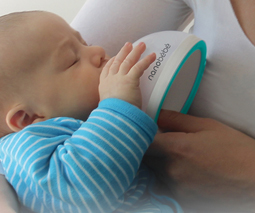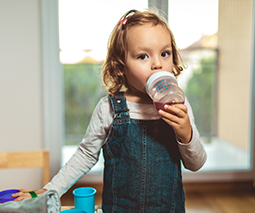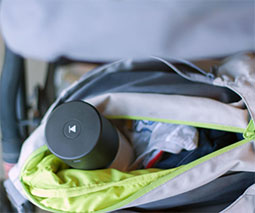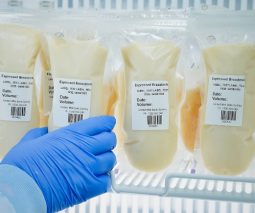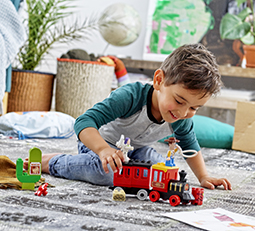How and when to introduce a breastfed baby to the occasional bottle
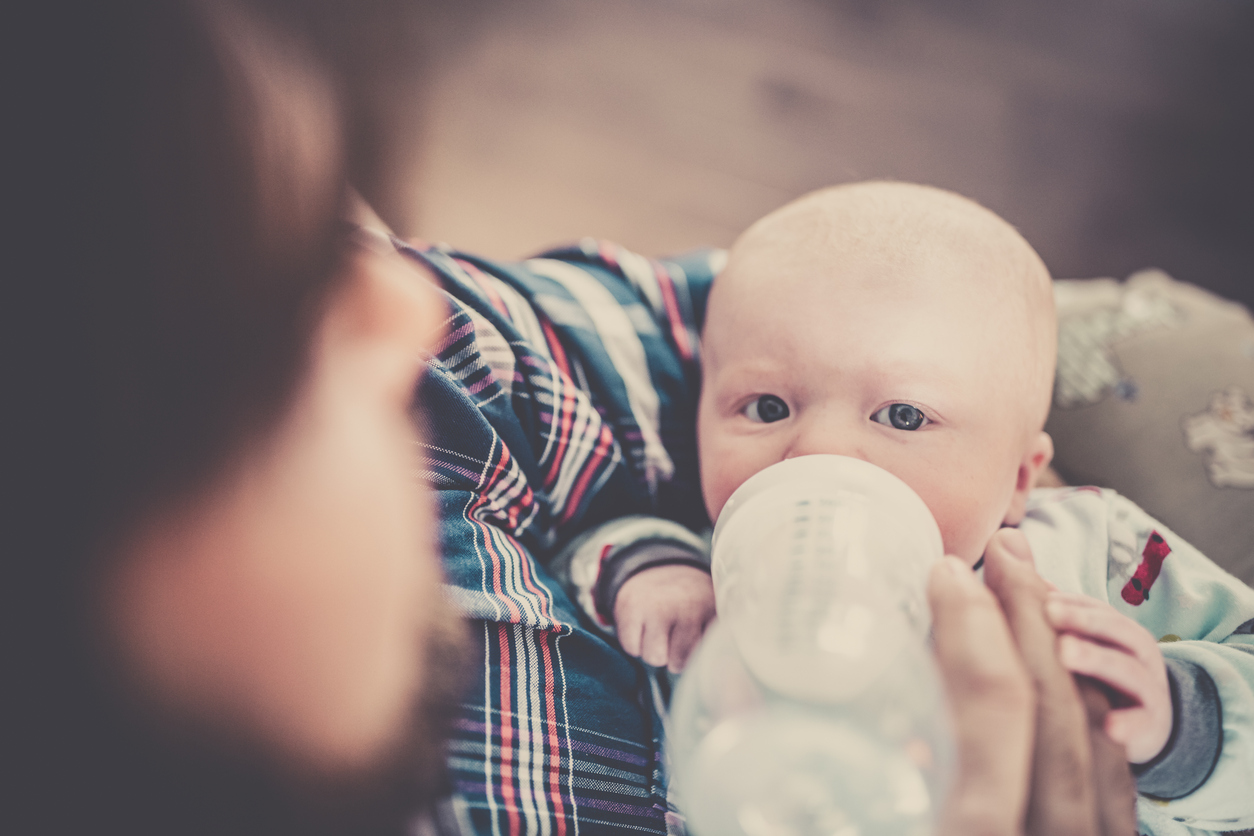
There comes a time when you may want to give your breastfed baby the occasional bottle – say if you have left bub with her dad and won’t be back in time for the next feed – #boobandchain!
Pregnant mum, Jose, knows this conundrum and is due to have her second baby in a few weeks. She plans to breastfeed but contacted mothercraft nurse Chris Minogue through Kinderling Helpline for advice on when and how to introduce the occasional bottle of expressed breast milk. Her first baby didn’t take to the bottle so now she’s wondering what she needs to do differently.
Bottle break
“I’m looking for advice on introducing the bottle to a breastfed baby,” asks Jose.
“I’d like the flexibility of offering a bottle of expressed milk if I need to miss the odd feed. My first baby completely rejected the bottle so I’m keen to avoid that,” she goes on to explain.
Jose says she also wants to know when she should introduce the bottle and if her baby’s daddy should do it? She is also wondering when her baby is likely to accept it.
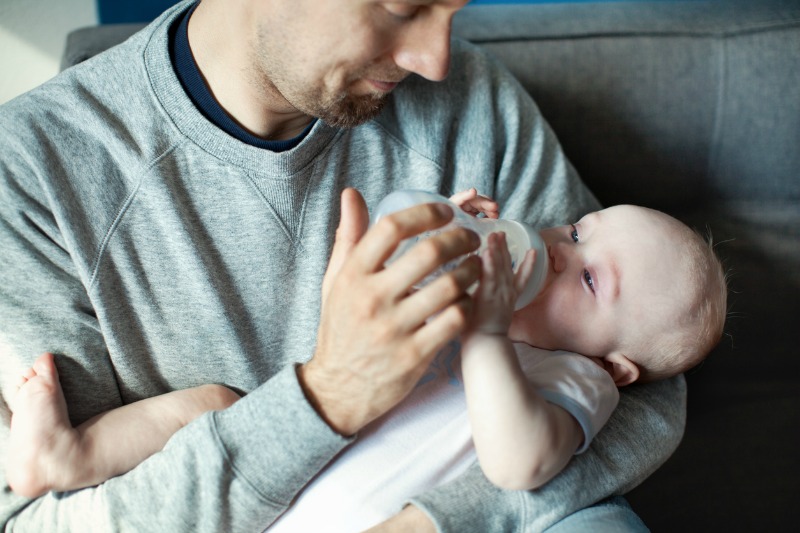
It’s all about the timing
Chris says she understands Jose wanting the flexibility that the occasional bottle brings but says it’s important that she gets her timing right.
“There’s a balance here. If we introduced the bottle too soon, it could affect your breastfeeding. Not in terms of the baby going to the breast but in terms of the milk production,” she says.
“So the first six weeks, I would say, establish a good feeding pattern with breastfeeding before you give them a bottle.”
Chris goes on to explain that the first six weeks is also the time when a mother’s milk production is being regulated.
“We don’t want to interfere with that,” says Chris, explaining that introducing the bottle before six weeks can put Jose at an added risk of getting mastitis.
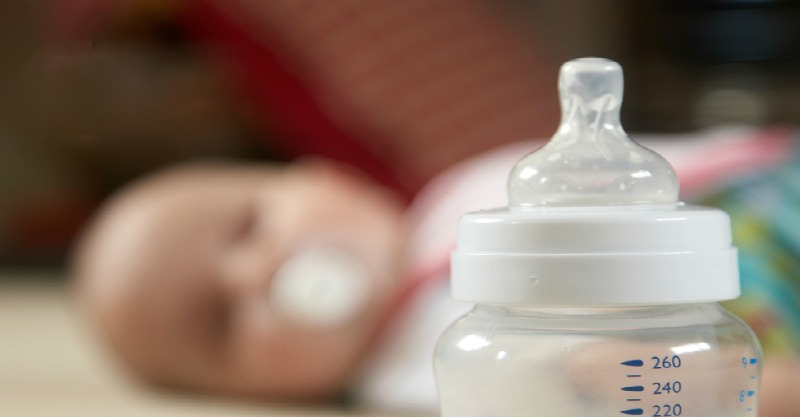
Bottle practice
As to how to introduce her baby to the occasional bottle, Chris has some practical advice.
“So once we get to six weeks what I do is I start to give a little bit of a bottle in the evening, and they can have it every evening and as well as a breastfeed. So we’re not actually substituting the feed for a bottle, but we’re getting the baby to practice on the bottle.”
“The sequence is called feed, bath, feed and in the beginning, I just get 40mls of expressed milk, which you could express in the morning after the morning feed and I give the baby the 40mls.”
Mum or dad?
Chris says it doesn’t matter whether this practice bottle comes from mum or dad.
She says that by giving this bottle when bub is hungry, they are more likely to take to it.
“Now that gets them sucking on the bottle so at any point where you might need to skip a feed because you’re out or you get caught up doing something, you can then give a bottle and the baby most likely will take the bottle.”
More on advice from Chris:
- How to stop fussy-eating toddlers in their tracks
- Wobbles and meltdowns: How to support emotional boys
- Toilet training vs toilet timing: What’s the difference?
Which bottle?
As to which brand of bottle to use, Chris has two which she prefers.
“The two that I like are the Dr Browns and the Pidgeon,” but says that the important thing to look for is the width of the neck.
“I would go with a wide-necked bottle, not a standard bottle because the standard baby bottle will make the baby shut her mouth into a smaller gate. So you want a wider gate for the bottle.”
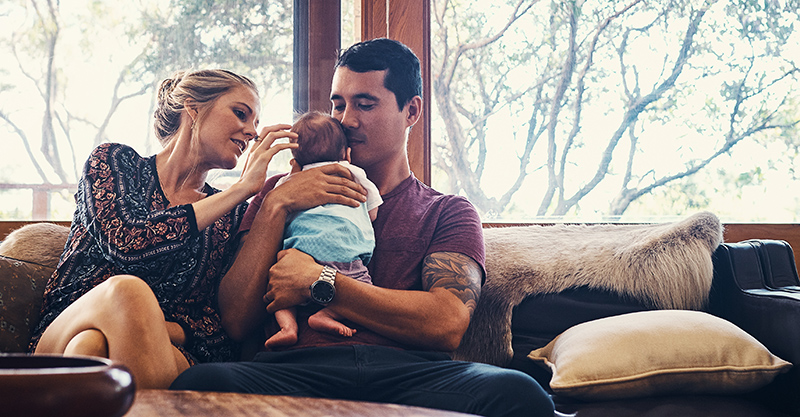
Fine as a one-off
While Chris is happy for Jose to give the occasional bottle after breastfeeding has been established, she warns Jose to be careful about skipping feeds.
“So as a one-off, you’ve got to remember if you miss a feed, you’ve got to substitute it with expressing initially,” says Chris.
“You have to be really careful because your risk of mastitis could be greatly increased.”
“In time and as the baby gets older and sleeps longer, that’s not as important, but initially in those early weeks you have to do like for like.”

